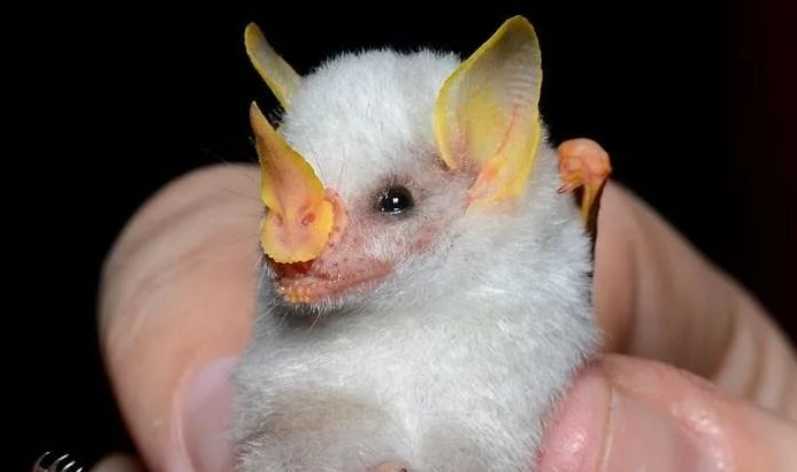Animal InformationDiscover comprehensive animal information covering species profiles, behavior, habitats, and care tips. From wildlife wonders to domestic companions, explore fa
Browse by Subject

The Honduran White Bat: Nature’s Fluffy, Pastel-Colored Flying Puffball
Animal Information
Hailed as the world’s cutest bat, the Honduran white bat (Ectophylla alba) charms with its snowy-white fur, vibrant orange nose, ears, and wings—a whimsical color palette that defies all bat stereotypes. Native to the rainforests of Central America (Honduras, Nicaragua, Costa Rica, and Panama), this tiny chiropteran measures just 3–5 cm long, making it one of the smallest bat species on Earth. Its cottony appearance and miniature size have earned it a reputation as the "teddy bear of the bat world."more
June 23, 2025, 3:32 pm EDT

